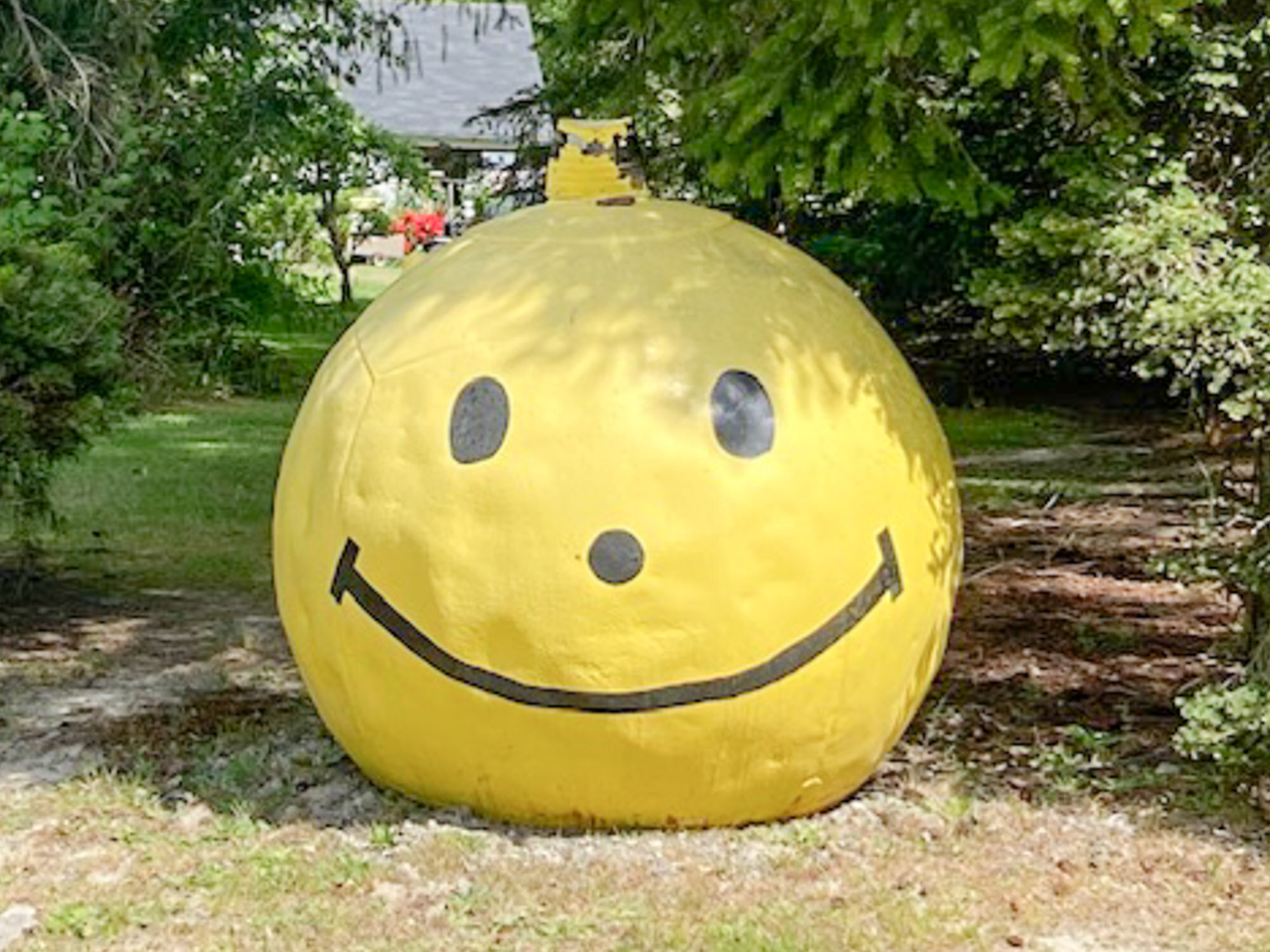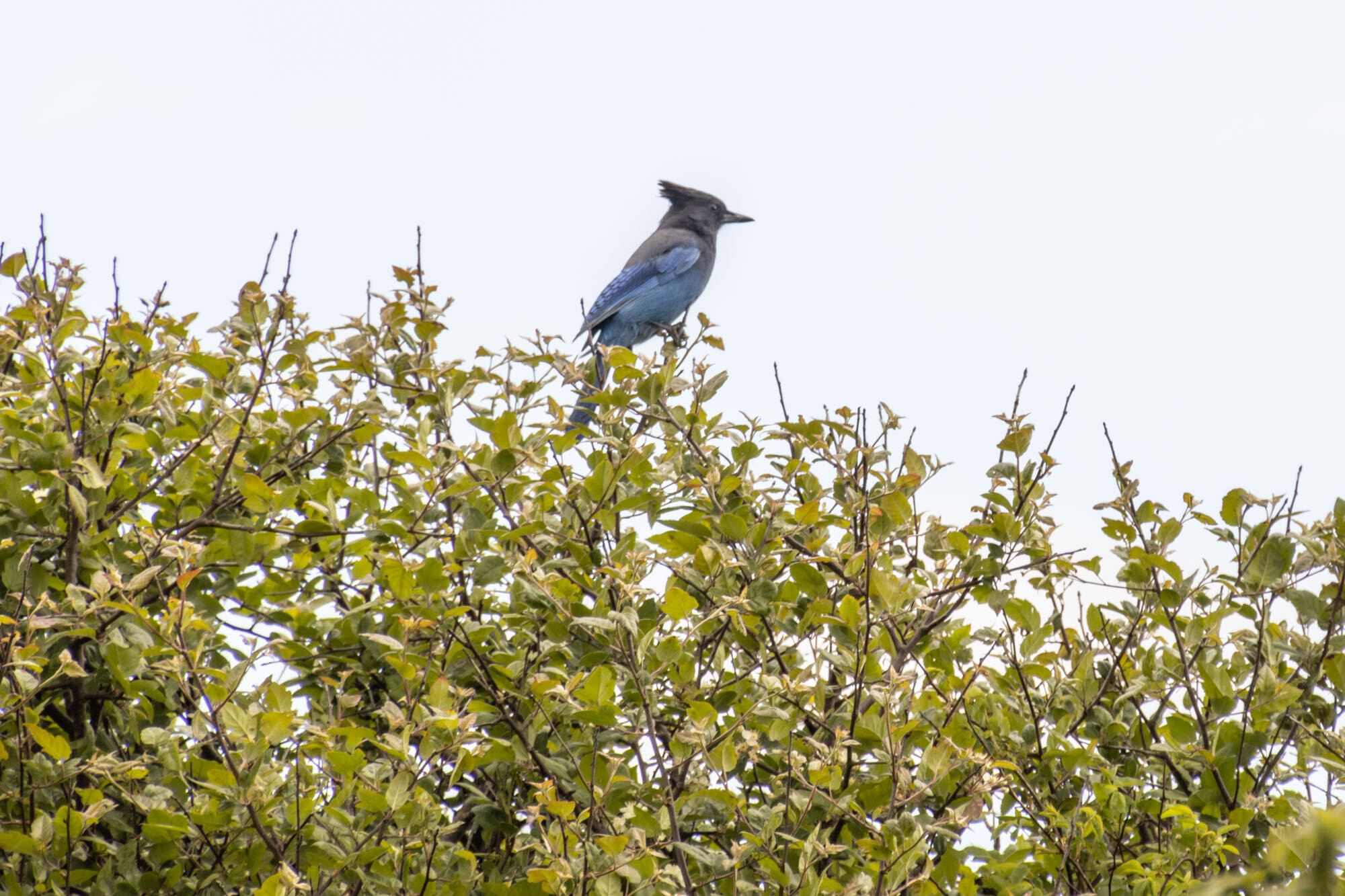Point No Point
On the way to the Olympic Peninsula, and just 11 miles after leaving the ferry in Kingston, we turned right on Hansville Road and headed to Point No Point, on the northernmost point on the Kitsap Peninsula next to the small town of Hansville. The detour was on a whim, but it was worth it. The road that took us there reminded me that we were in a rural, small-town area with farms , a vineyard, a tugboat house and funny signs and characters along the way. I was traveling with my friend and bike buddy Sheryl and we were both taken by the beauty and simplicity of the area.
But Point No Point is much more than a small town, rural area. It’s the location of the signing of the Point No Point Treaty on January 26th, 1855 at a meeting convened by Isaac Stevens, the governor of Washington Territory and the Treaty Council, representing the S’Klallam, Chimicum and Skokomish tribes that were signatories of the Point No Point Treaty. The treaty describes the agreement that the tribes made with the United States government to relinquish the land and resources they had lived on in exchange for reservations and the right to fish, gather and hunt on their original land. The treaty also provides for an annuity, a training school, and a physician and has specific requirements that include prohibition of alcohol on the reservations.
The U.S. Constitution asserts that treaties are the ultimate law of the land. This was affirmed by the Supreme Court in the Boldt Decision, United States v. Washington in 1974 that upheld the fishing rights of the Western Washington Native Americans as were noted in the original treaty. A new Treaty Council was established as a result of the Boldt Decision and continues today to provide natural resources management services and to ensure that the treaty rights are preserved.
The Native Americans referred to Point No Point as Hahd-skus (long-nose) because of the shape of the land that protrudes into Puget Sound. It was discovered by Navy Lt. Charles Wilkes who was commanding the Exploring Expedition in 1841. He saw the spit and thought it was a significant point, but once he got closer and saw how small it was, he named it Point No Point.
This area, on 3 acre Point No Point County Park. has been placed on the National Register of Historic Places. The beach sits opposite Whidbey Island to the north which offers a nice view across the Admiralty Inlet. The driftwood along the beach provides great resources for people of all ages to build forts and other fun structures. The mile long trail took us along the beach and through wetlands. There is a bird sanctuary in nearby Hansville and we were fortunate to see several different birds on our walk, including the stellar jay and hummingbird in the photos below.
The Point No Point Lighthouse, the oldest still operating lighthouse, was completed in 1879 and has functioned continuously since that time. And a bonus – one half of the lighthouse keeper’s quarters is available as a vacation rental. It’s a beautiful, quiet and relaxing location, only about an hour from Seattle.










